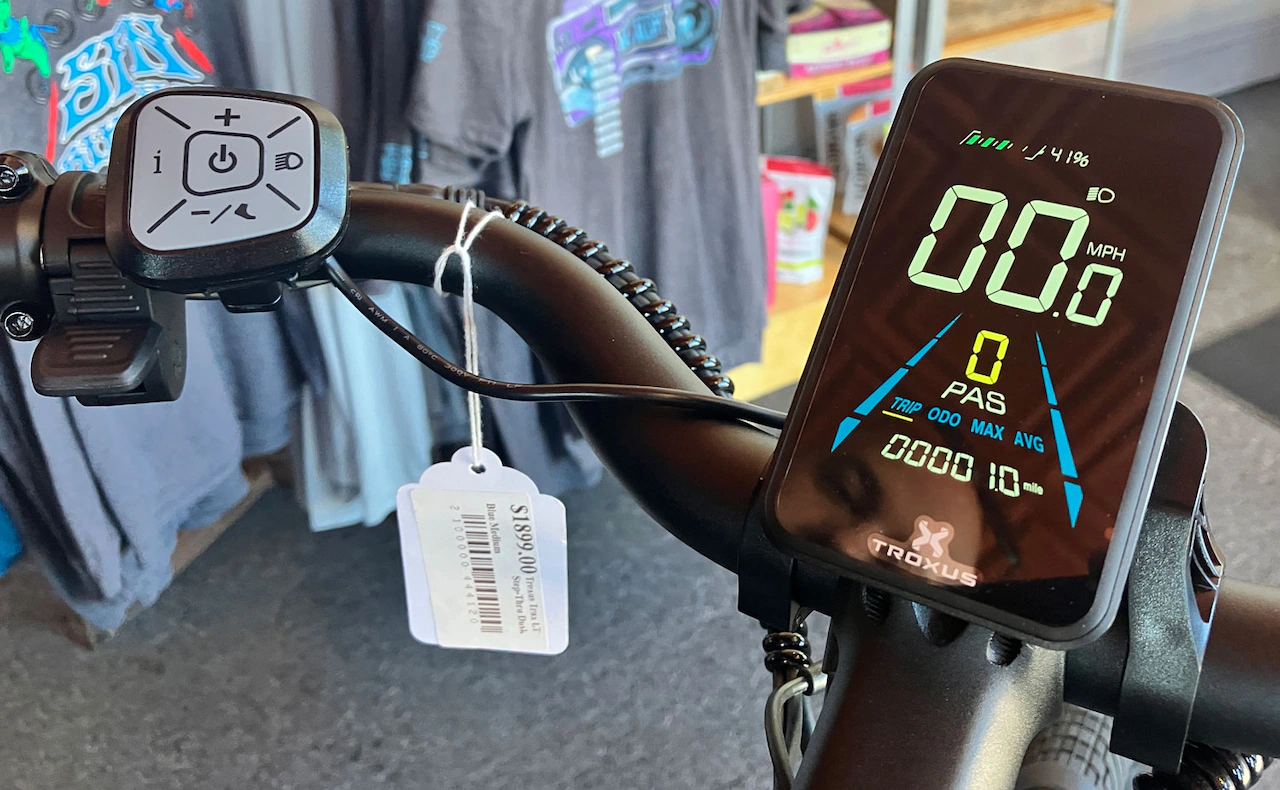
CLEVELAND, Ohio – The rise in popularity of electric bikes across Northeast Ohio has created a conflict between their convenience and safety risks, prompting local communities, police and health officials to respond.
Among the issues raised by local officials and the bicycling community:
Rider etiquette and common sense
Bicycling advocates, park officials, and police emphasize that courtesy and adherence to the rules of the road are essential to addressing complaints about e-bikes. On the Tow Path trail in the Cuyahoga Valley National Park there is a 15 mph speed limit that applies to all bikes. Jacob VanSickle, executive director of Bike Cleveland, said it is common courtesy not to ride at top speeds in such areas. On sidewalks, Ohio law permits e-bikes only if the motor is not engaged.
E-bikes surge in popularity
Despite the safety concerns, e-bikes represent a positive and rapidly growing development in transportation and recreation. National sales are projected to more than double by 2030. Advocates highlight their benefits, such as enabling longer commutes without fatigue, replacing car trips, and allowing older adults to remain active.
Local communities scramble to regulate & educate
In response to an influx of complaints about riders, particularly children, speeding on sidewalks and ignoring traffic laws, local governments from Avon Lake to Solon are working to manage e-bike use. Many are updating their local ordinances to align with Ohio’s 2019 e-bike law, which clarifies bike classes and rules. Some municipalities, like Strongsville and Brook Park, have adopted helmet requirements for younger riders. Solon schools banned e-bikes with throttles.
E-bike injuries increase; resemble motorcycle wrecks
Hospitals are seeing a tangible impact from the e-bike surge. Dr. Michael Kelly of MetroHealth’s Department of Neurosurgery reports that injuries from e-bike crashes are often more severe than typical bicycle spills, likening them to motorcycle wrecks. Hospital data reflects this trend, with e-bike-related emergency room visits at MetroHealth rising from 17 in one year to 42 the next. Kelly attributes the accidents to factors like distracted riding, high speeds, and a lack of helmets.
Ohio law frames the rules
Ohio has a state law that defines three classes of e-bikes and dictates their legal use. Class 1 and 2 e-bikes, which assist up to 20 mph, are permitted on multi-use trails, while faster Class 3 bikes (up to 28 mph) are not. And Class 3 e-bikes may only be driven by those age 16 and older. The law also mandates that e-bike motors must be disengaged on sidewalks and that riders must follow all standard traffic laws. However, local police say many riders are either unaware of or ignore these rules.